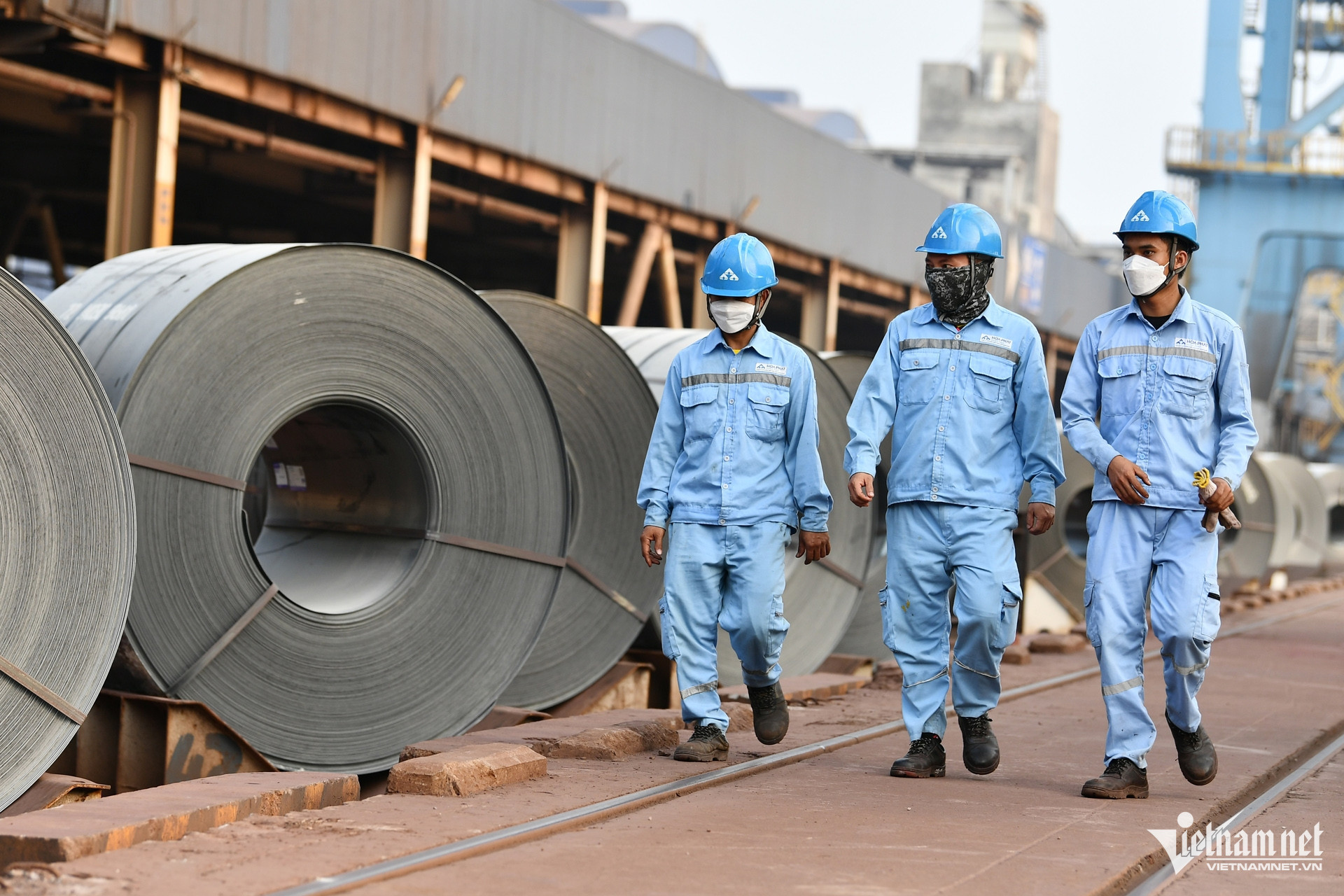
The government has announced that it has assigned the Ministry of Industry and Trade (MOIT) to join forces with other ministries and branches to discuss with partners the tasks undertaken under the framework of CBAM (EU's Carbon Border Adjustment Mechanism).
Ministries have the responsibility of researching the possibility of expanding the CBAM application, especially agriculture and forestry products; considering support and exemption mechanisms suitable for Vietnam; watching over developments in partner countries such as the US and Canada about CBAM application; and researching, negotiating and joining forums, and bilateral and multilateral international frameworks to enhance the international community's capability of recognizing Vietnam's policies and regulations related to carbon pricing.
Dang Thanh Long from Intertek Vietnam said under an ambitious plan to become a carbon neutralized region by 2050, CBAM was established under the Regulation (EU) 2023/956 of the European Parliament and of the Council.
The mechanism was established to avoid carbon leakage as EU enterprises can relocate high-emission production activities abroad to take advantage of current loose standards.
It created a green mechanism for imports from non-EU markets through a reasonable pricing system for a volume of carbon to be discharged during production, thereby encouraging low-emission production.
CBAM imposes a carbon tax on all goods imported to EU countries based on the greenhouse gas emission intensity during the production process in export countries.
Long, who has experience working in enterprises specializing in assurance, experimenting, and testing, said there are six kinds of goods related to 10,000 enterprises, which are input materials in three fields – energy, industry and aviation -- when joining the EU ETS (Emissions Trading System).
The EU ETS has been applied since 2005, under which enterprises in industries in the EU have to pay for every ton of carbon it discharges to the environment.
The carbon tax is considered one of the most effective solutions to handle annual carbon emissions under the 2015 Paris Agreement on climate change that countries have signed.
Commenting about the impact of the CBAM mechanism on Vietnam, the expert said it would affect certain business fields and enterprises, but not the entire economy.
According to Long, if Vietnam has a carbon credit market, enterprises' exports to the Europe won’t bear this tax again. If carbon credit becomes operational at a late date in Vietnam, Vietnam’s enterprises will be at a disadvantage.
Therefore, producers in third countries need to calculate the emission volume “embedded” in their exports, including direct and indirect emissions.
One carbon credit in 1 ton of steel is traded at 80-100 euros and the price may rise to 300 euros by 2030.
Regarding the six production fields which may be affected by CBAM, Long said there would be redundant enterprises. He suggested gathering strength in three major fields, including cement, steel and power. He estimated that about 200 enterprises would be impacted by CBAM and they need to draw up plans soon to adapt to the new circumstances.
What to do to satisfy EU requirements?
In the draft decree that amends and supplements some articles of Decree No06/2022 dated January 7, 2022 on mitigating greenhouse gas emissions and protecting the ozone layer, the Ministry of Industry and Trade (MOIT) cited experience from some countries which have carbon markets, saying that in the first period, the government only assigns quotas to high-emission business fields.
The EU has begun applying CBAM to control greenhouse gas emissions and apply a carbon tax on imports, including steel, aluminum, cement, power, hydro and fertilizers. The US is also planning to apply CBAM on eight products related to Vietnam’s exports.
The draft decree mentions a quota allocation roadmap, under which quotas would be allocated to production facilities with high emissions in the three fields of thermopower, steel manufacturing and cement production.
It is expected that 200 facilities will get quota allocations in the first period, which accounts for 45 percent of total emissions of facilities that have to conduct greenhouse gas inventories.
Tam An